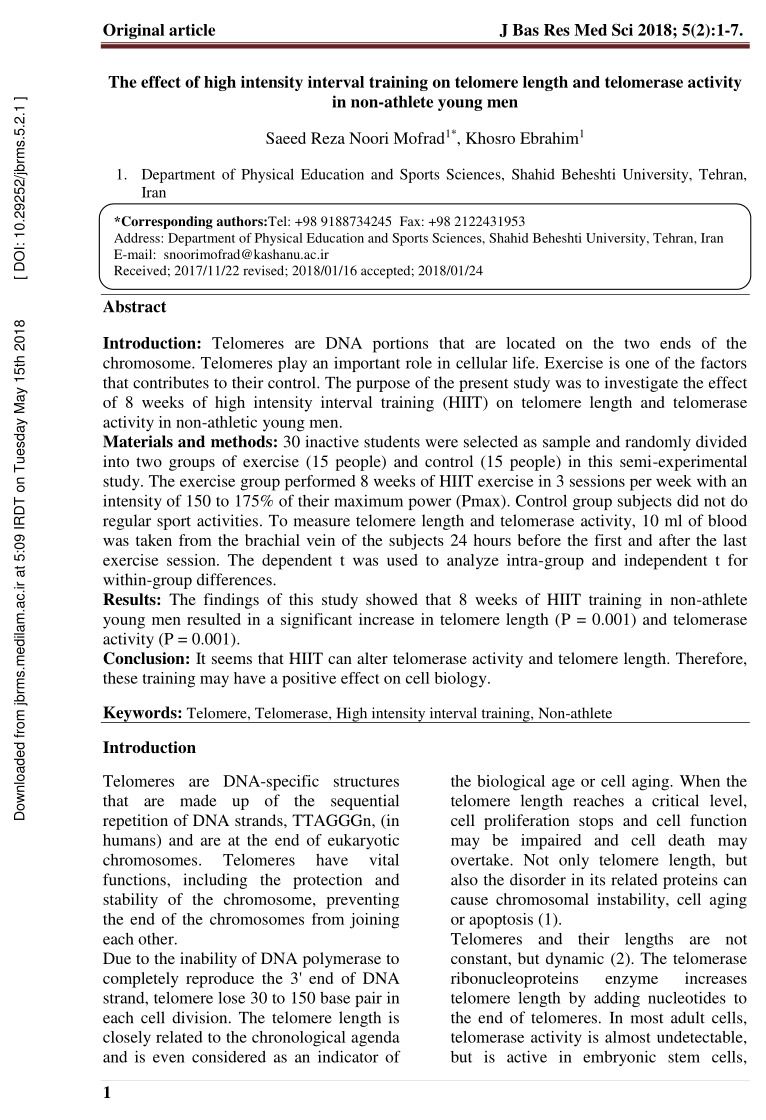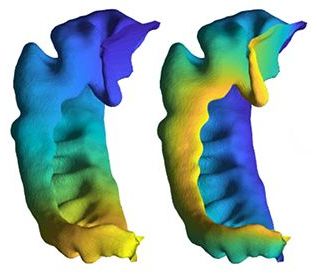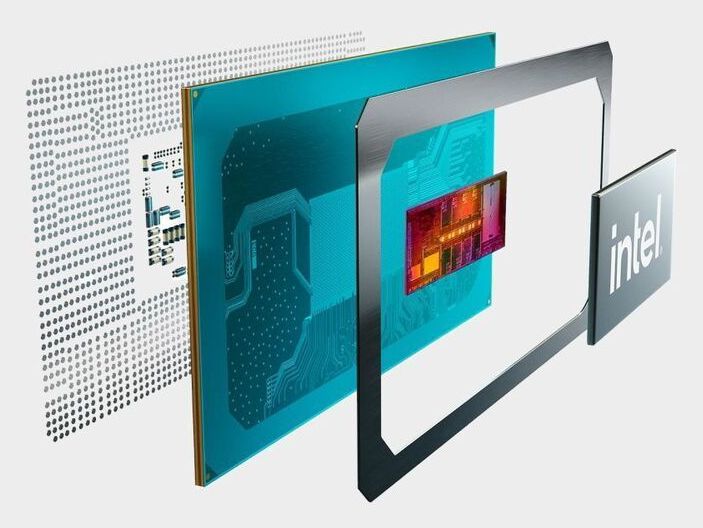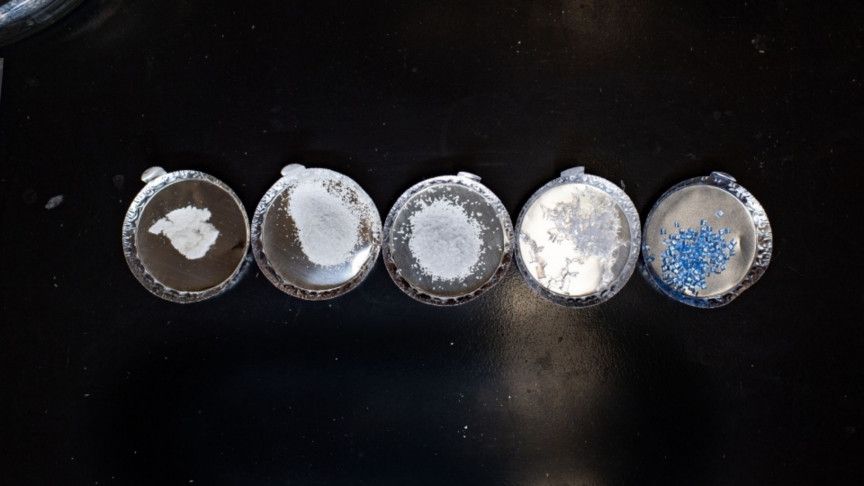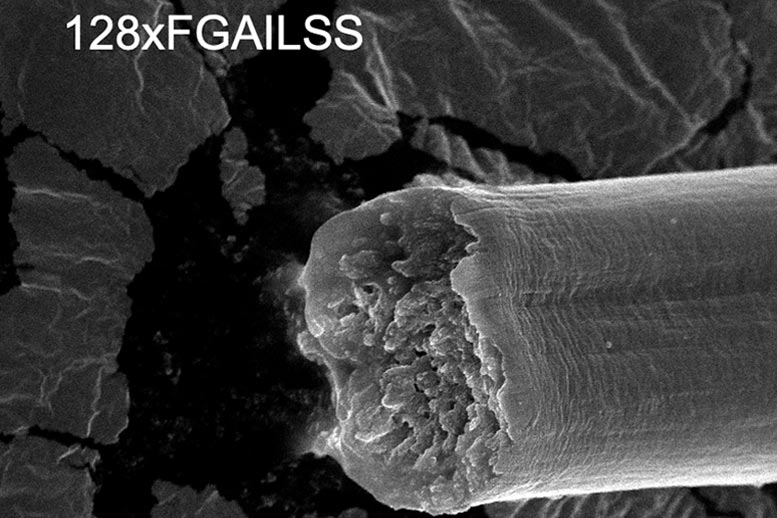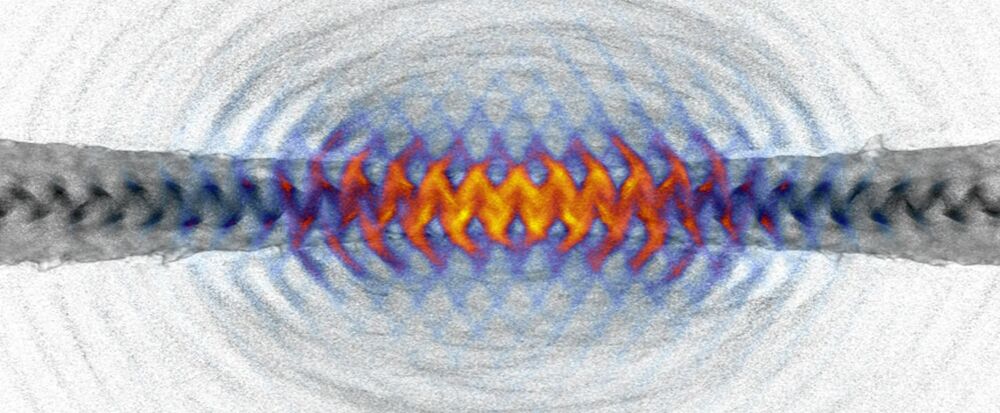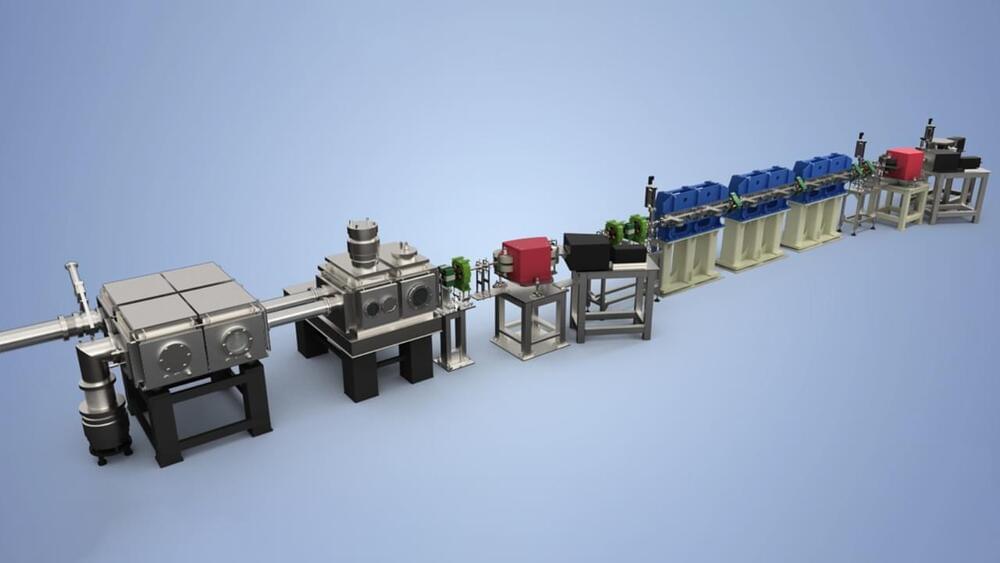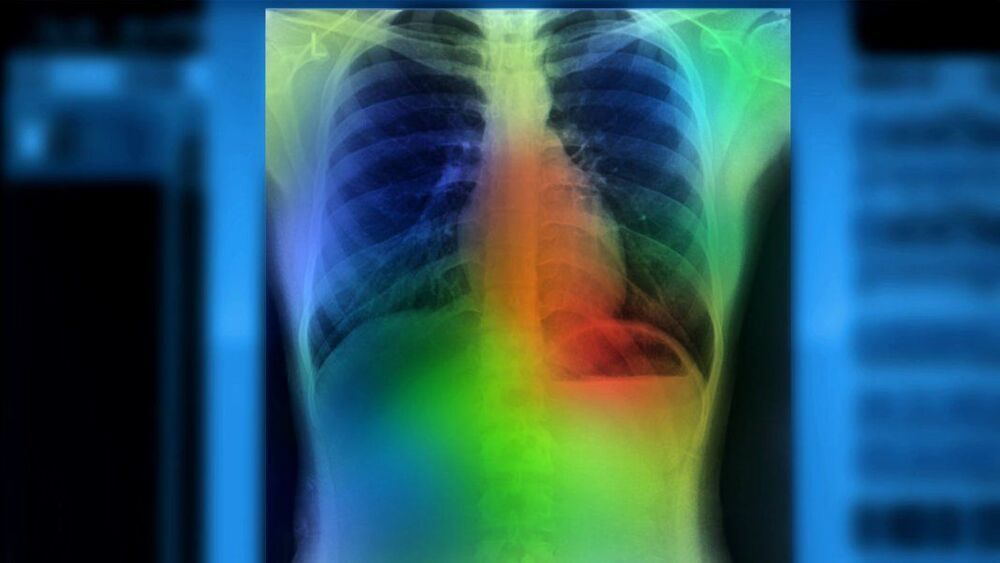Exercise: Good for your mind, body, and telomeres!
Introduction: Telomeres are DNA portions that are located on the two ends of the chromosome. Telomeres play an important role in cellular life. Exercise is one of the factors that contributes to their control. The purpose of the present study was to investigate the effect of 8 weeks of high intensity interval training (HIIT) on telomere length and telomerase activity in non-athletic young men. Materials and methods: 30 inactive students were selected as sample and randomly divided into two groups of exercise (15 people) and control (15 people) in this semi-experimental study. The exercise group performed 8 weeks of HIIT exercise in 3 sessions per week with an intensity of 150 to 175% of their maximum power (Pmax). Control group subjects did not do regular sport activities. To measure telomere length and telomerase activity, 10 ml of blood was taken from the brachial vein of the subjects 24 hours before the first and after the last exercise session. The dependent t was used to analyze intra-group and independent t for within-group differences. Results: The findings of this study showed that 8 weeks of HIIT training in non-athlete young men resulted in a significant increase in telomere length (P = 0.001) and telomerase activity (P = 0.001). Conclusion: It seems that HIIT can alter telomerase activity and telomere length. Therefore, these training may have a positive effect on cell biology.
